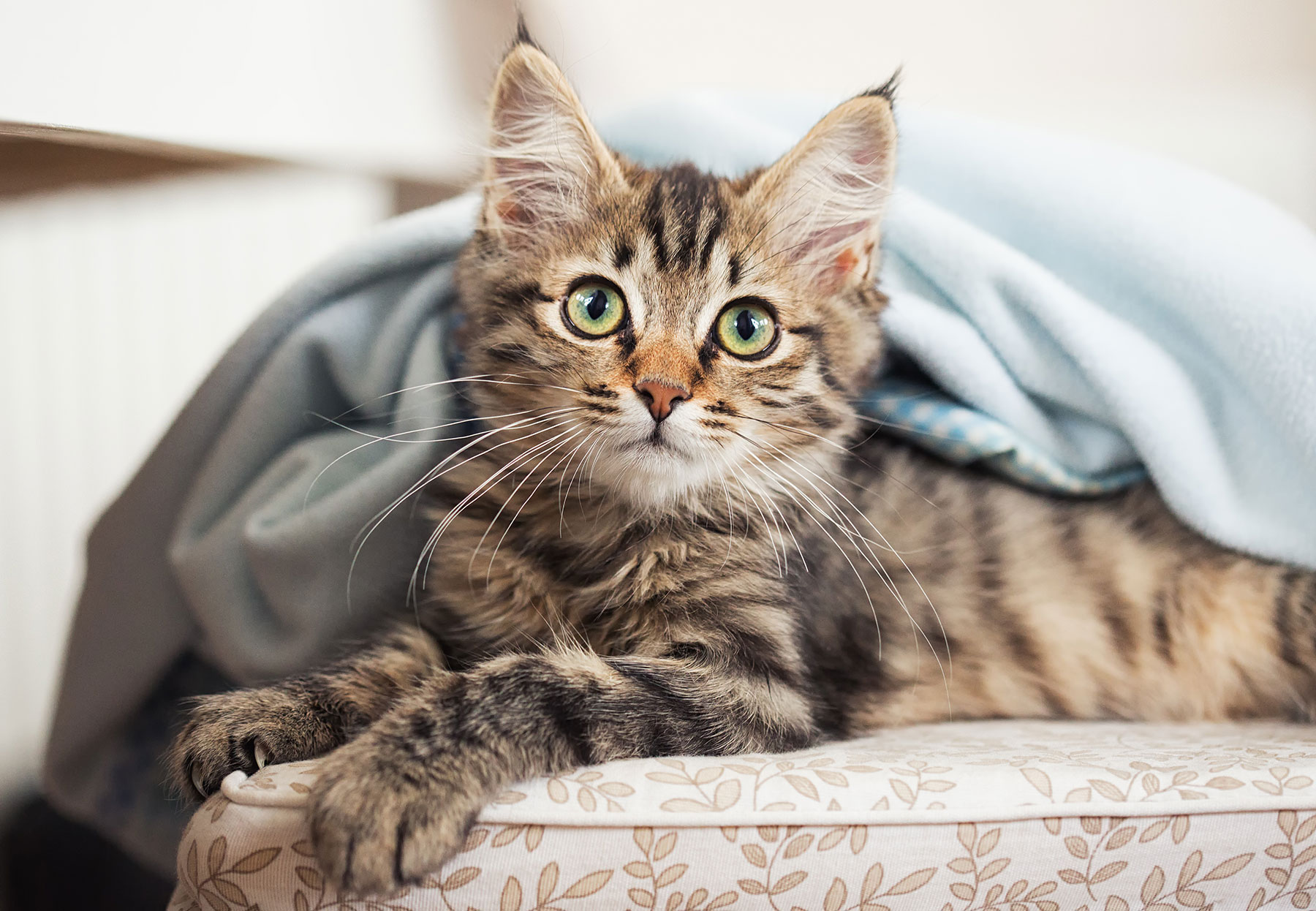What is Feline Aortic Thromboembolism (ATE)?
Feline ATE occurs when blood clot (thrombus) forms and becomes lodged in a vessel, resulting in loss of blood supply distal to affected region. Most commonly, this is the distal aorta and cats present with acute paralysis of the hindlimbs (uni or bilateral). Oftentimes these cats are painful and distressed due to the sudden nature of this disease.
The most common cause is related to underlying heart disease and cats may present in concurrent congestive heart failure with signs of panting or pale or blue gums (cyanosis), due to fluid accumulation in the lungs.
How do we diagnose this disease?
Due to the lack of blood supply to the affected limb, the paws may be pale or purple and cold to touch.
On physical exam, we may auscultate abnormal heart sounds or changes in lung sounds, suggestive of underlying heart disease. The femoral and peripheral pulses may be weak or absent. The cat’s body temperature is usually low as well.
A blood glucose reading can be compared between a non-affected limb and an affected limb. The affected limb usually will have a much lower glucose reading compared to the non-affected limb. An ultrasound can be performed to visualize the clot in the blood vessel, but this is usually only performed after the cat is stabilized.
How is ATE managed?
Pain relief is of utmost important, and this is in the form of opioids like methadone or fentanyl initially. If there are signs of concurrent heart failure, diuretics such as frusemide can be given. Oxygen supplementation is also usually required.
The cat is also started on medications to reduce the chance of a subsequent blood clot (anticoagulants) as well.
An echocardiogram may be performed once the cat is stabilized to determine the extent of heart disease if present. If there is no evidence of heart disease, other diagnostics may need to be performed to determine the cause of the thromboembolic event (e.g. due to low protein in the body or cancer). Other medications may be required to manage the disease depending on the underlying cause.
The cat is usually kept in hospital for close monitoring for several days to monitor for signs of reperfusion injury as the affected muscle cells break down, releasing toxins into the blood stream which can result in life-threatening cardiac arrhythmias (irregular heart rhythms). We also monitor for signs of worsening kidney function as diuretic use may result in dehydration. Pain reassessment is vital as well. One of our top priorities is to keep our patient comfortable during this period. Lastly, we monitor for signs of tissue damage and necrosis in the affected limbs, which may result in deep wounds.
What is the long term outcome of this disease?
We can consider discharge when the cat is no longer in discomfort or pain and is no longer oxygen dependent. Cats may take several months to regain their mobility and nursing care is of important. Free access to food, water bowls and litterboxes are important.
Medication is usually lifelong if it is a result of an underlying heart disease and consists of an anticoagulant to reduce the chance of another thromboembolic event happening. It is important to note that this does not completely eliminate the possibility of another ATE happening. Heart medications may also be indicated if the ATE is due to heart failure.

